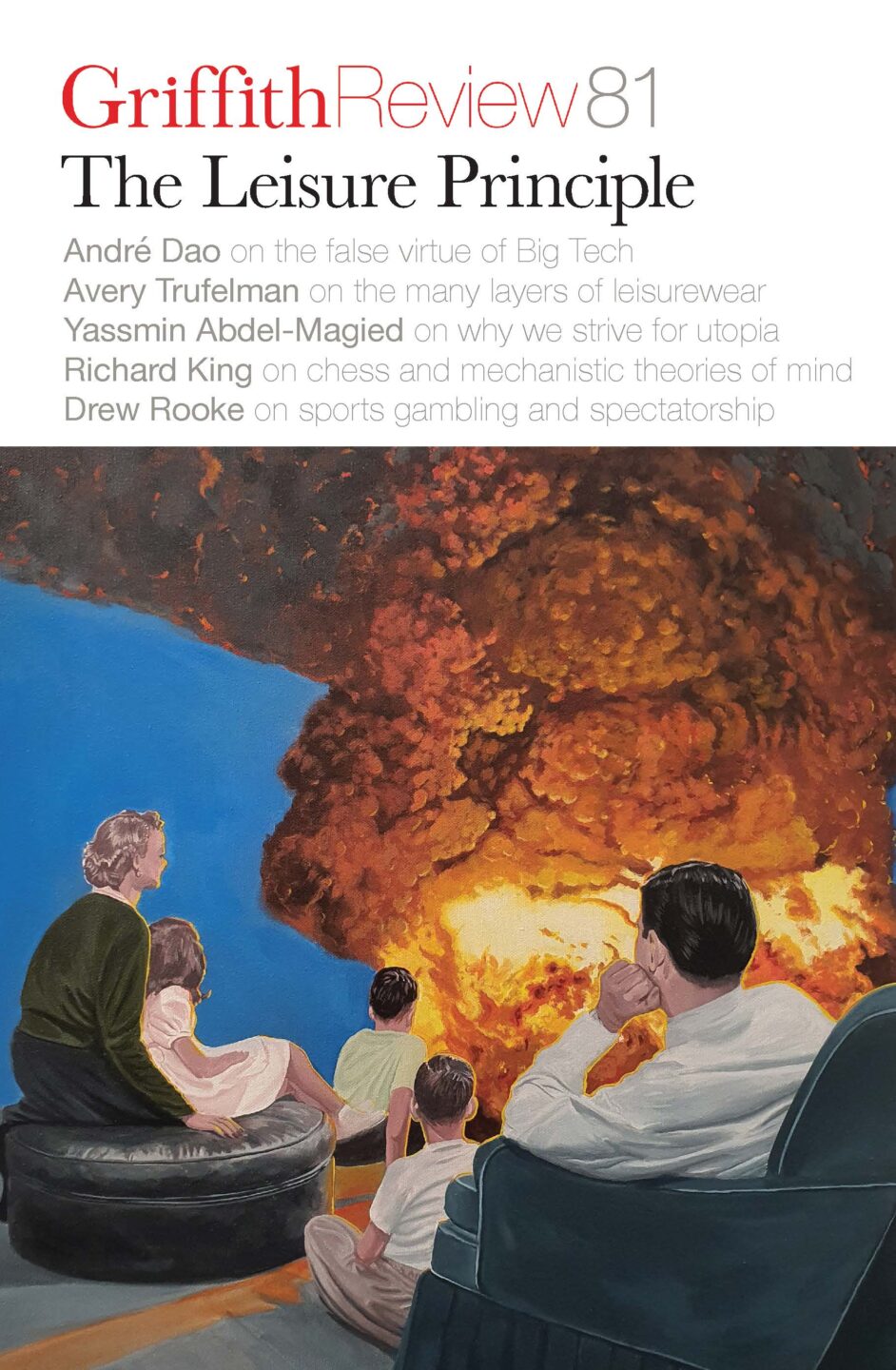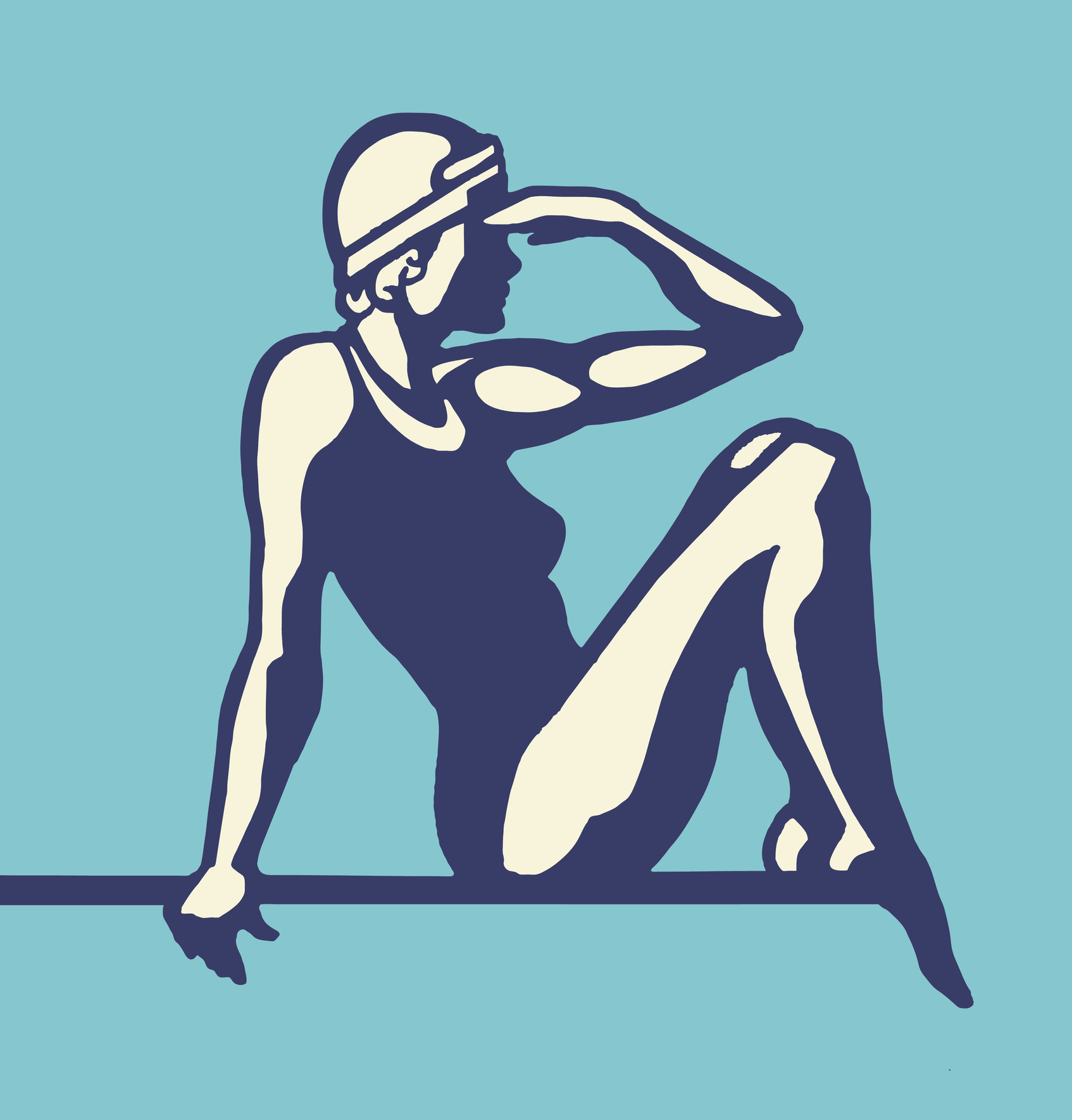Featured in

- Published 20230801
- ISBN: 978-1-922212-86-3
- Extent: 200pp
- Paperback (234 x 153mm), eBook


Already a subscriber? Sign in here
If you are an educator or student wishing to access content for study purposes please contact us at griffithreview@griffith.edu.au
Share article
More from author

Creative industry
In the 1990s the term ‘cultural economy’ brought a double meaning to creative work. First, it captured the cultural dimensions of economic activity, like packaging design or marketing, and gave them an artistic dimension. Second, it referred to an expanding category of economic activity concerned with cultural goods and undertakings centred around value and profits. It would see the ascendancy of creatives to the C-suite, where companies across a range of industries appointed chief creative officers (CCOs) to oversee ‘creative activities’ and align them to corporate strategies and visions. Scan through job descriptions and you’ll see that CCOs are expected to be strategic leaders and ‘igniters’ of creative intuition within organisations. CCOs are charged with finding more ‘creative solutions’ to problems that often stretch beyond an organisation’s core operations.
More from this edition

Virtue signals
Non-fictionThe sheer speed and volume at which data is processed, coupled with popular imaginings of the infallibility of machines, means that predictions produced by such processes are imbued with the aura of objectivity. As a result, hard decisions – acting in contexts of radical uncertainty, and having to determine winners and losers – become easy ones based on limited considerations directed towards improving the lot of as many individuals as possible while doing least harm. In other words, big data transforms the need to act politically into the possibility of acting only technically.

Open water
FictionBrenda clasped her whistle as she waited. She had a special let camp begin call that only got used once a year. The newbies would learn quickly what Coach’s unique calls meant. Brenda contemplated if she would join in this year’s campfire singalong. With her whistle, she had been practising a rendition of ‘Eternal Flame’ by the Bangles. She knew the girls went wild for their coach’s dorky antics.

We will never be modern
Non-fictionMy Instagram feed, an information-stream cosplaying as a hyper-relevant town square, has undergone a radical transformation in the past few years. Whereas once that endless deluge teemed with benign yet revealing snapshots of friends moving through the motions and milestones of life – brunches, holidays, weddings and pregnancies – today’s experience is far removed.